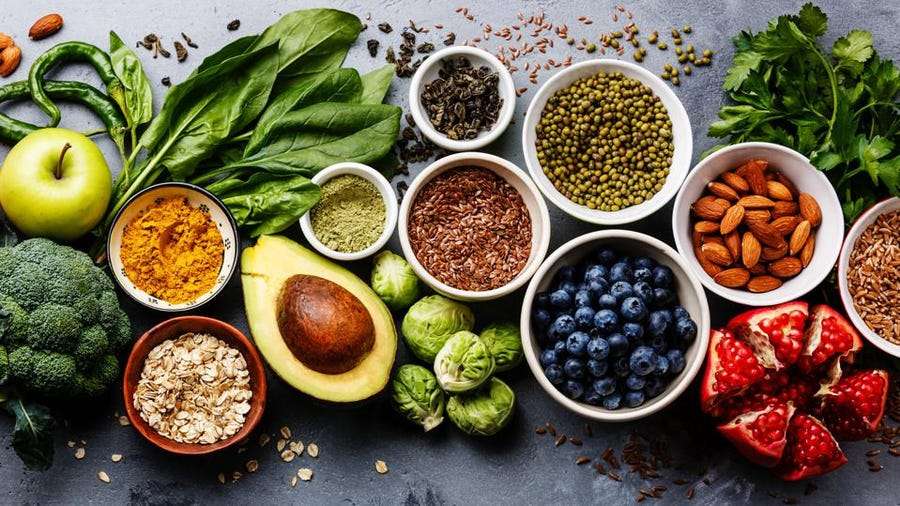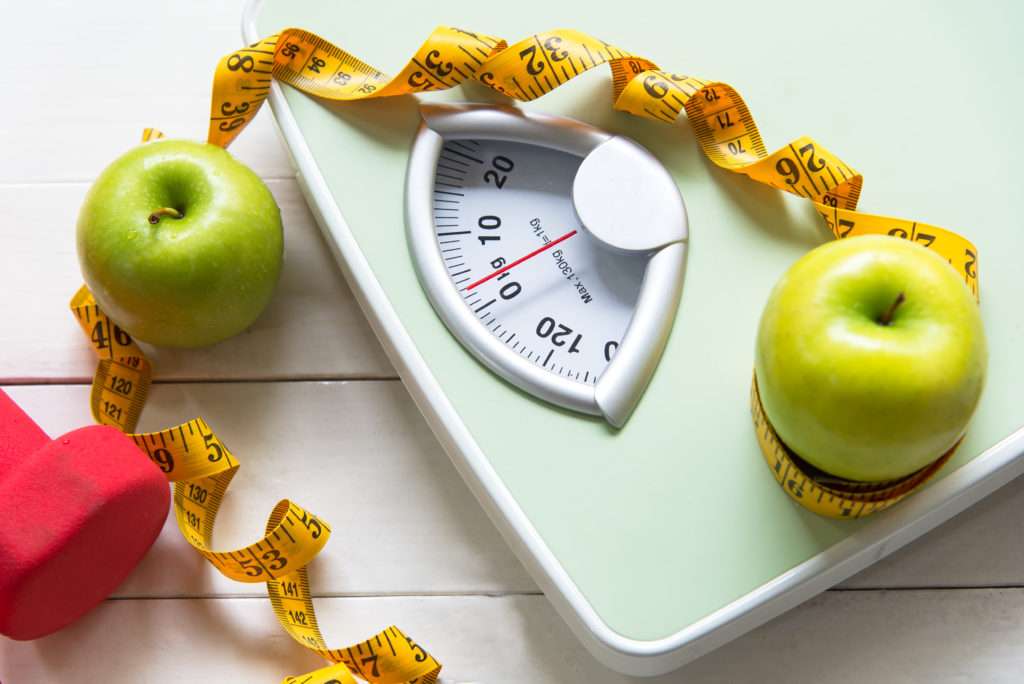NUWers, I am sure you all have gone through the process of dieting, for both males and females. Females might be constantly dieting to lose weight while males are constantly aiming to build muscles. No matter what your reasons for dieting are, it is essential to do it properly and know how it will affect your body. Don’t put all your focus on your weight, but start paying attention to your body fat percentage, this way you are certain that your diet habits are on the right track and that you are not overdoing it.
There are just so many dieting programs out there, to name a few, keto, intermittent fasting, 211 plate ratio, and low carbs diets. We know there are many of them, but before choosing the diet plan, it is important to know them thoroughly so that you evaluate if your abilities are capable of coping with the diet. NUWA BeautyLab will list a few easy diet starter packs below, informing you of the advantages and disadvantages of the diet pack and what are the key attention points for each diet plan.
Intermittent Fasting Diet:
There are different forms of intermittent fasting, the 5 popular ones are as follows:
- Time-restricted: It is easily done daily, where you set an eating window time frame and fast for 12 hours or more each day. The most common time frame is 16/8, which involves a 16-hour fast and an 8-hour eating time frame. Within the 8-hour time frame, you can fit 2 to 3 meals and within the 16-hour time frame although food consumption is not allowed, drinking tea or coffee (or anything calories free) is still an available option. You can also adjust the time accordingly such as making it 14/10.
- The 5:2 Diet: This is another easy fasting method, where you eat as normal for 5 days within the week and for the remaining 2 days you restrict your calorie intake to approximately 500-600
- Eat Stop Eat: This diet involves fasting for a day or two within the week (non-consecutive days). For example, if you start your fasting on Tuesday at 10 am, you will ensure you have a meal before 10 am as your next meal will be after 10 am on Wednesday. And during your regular days, you can consume freely as usual, and just like any other fasting, consumption of any calorie-free drinks is acceptable.
- Alternate day: It is like Eat stop eat, but you do it every other day. And instead of fasting for 24 hours, you can reduce your consumption intake to approximately a few hundred calories. This way it will be less stressful for your body.
- The warrior diets: In this diet, for the first 20 hours of the day you undereat a small portion of fruits and vegetables as well as calorie-free beverages. For the next 4 hours, you can consume one big meal (to a certain extent, overeating). The key to this diet is to try avoiding the consumption of processed foods.
If you are doing intermittent fasting, you can stick with one as your main dieting habits and fit in another fasting method occasionally (perhaps once every month), as you NUWers would already know, sometimes what keeps us motivated is having some sparks and differences in our routine.
Other types of methods involve no fasting but just being aware of what you consume.

Low Food Diet:
Low food diet such as a low-carb diet, low-fat diet and Keto diet involves cutting down your consumption of certain food products.
A low-carb diet is to reduce your daily carbohydrates intake to less than 130g, as carbohydrates will increase the glucose level in our body which acts as a fuel for our daily energy, decreasing the intake will stimulate our body to use the stored fat for fuel instead. A low-fat diet reduces the overall calorie intake and improves cholesterol levels. Besides reducing the intake of fats, it is to consume good unsaturated fats which will be more beneficial for our body. The Keto diet is also reducing the daily intake of carbs to around 20 to 50 grams and requires a lot of fat. The Keto diet aims to transform our fuels from glucose to ketone bodies (fuel that the liver produces from stored fat). Within the Keto diet, your daily diet (2000 calories) would look something like this: 165 grams of fat, 40 grams of carbs and 75 grams of protein (the exact ratio depends on your daily needs).
There are many different sorts of low-food diets. They might be good for short term weight loss, but if you do it in the long run, it is important that you do thorough research and consult a doctor or professional advice before starting it. As there are many disadvantages too. Reducing certain food intake might result in an imbalanced diet, as a result, not only do you not absorb the nutrients needed it could potentially affect your body functioning.
Vegetarian, Vegan and Flexitarian Diet:
Not new to you all, the vegetarian and vegan diet is cutting animal products or even animal by-products and gaining all the fat from plant-based protein. For some this diet can be very difficult, therefore there is also an alternative. In the flexitarian diet, you try to put your daily fat intake in plant-based protein as well but occasionally fit in meat. This way it is an easy starter for everyone, and it is also easier to keep up with.
Or do it the other way around, fit in a day or 2 no meat diet during the week if you are a heavy eat meat eater.
211 Food Plate Diet:
This diet is the easiest to follow, and it is the best to ensure you have a healthy diet. In this diet, you divide your plate into fours. Where ¼ is carbohydrates, another ¼ is protein and the final ½ are vegetables and fruits. Isn’t this diet the easiest to follow, this way you can still consume your favourite food and you do not need to fast.
Overall, there are thousands of different types of diet and not all diet is suitable for you, and it is important that you start these types of diet not to focus on weight loss but on a healthy lifestyle. Reducing certain food or switching to healthier options is to put emphasis on ensuring we are intaking what is good and needed for our body. Remember a good healthy diet leads to a healthy body both physically and mentally.




